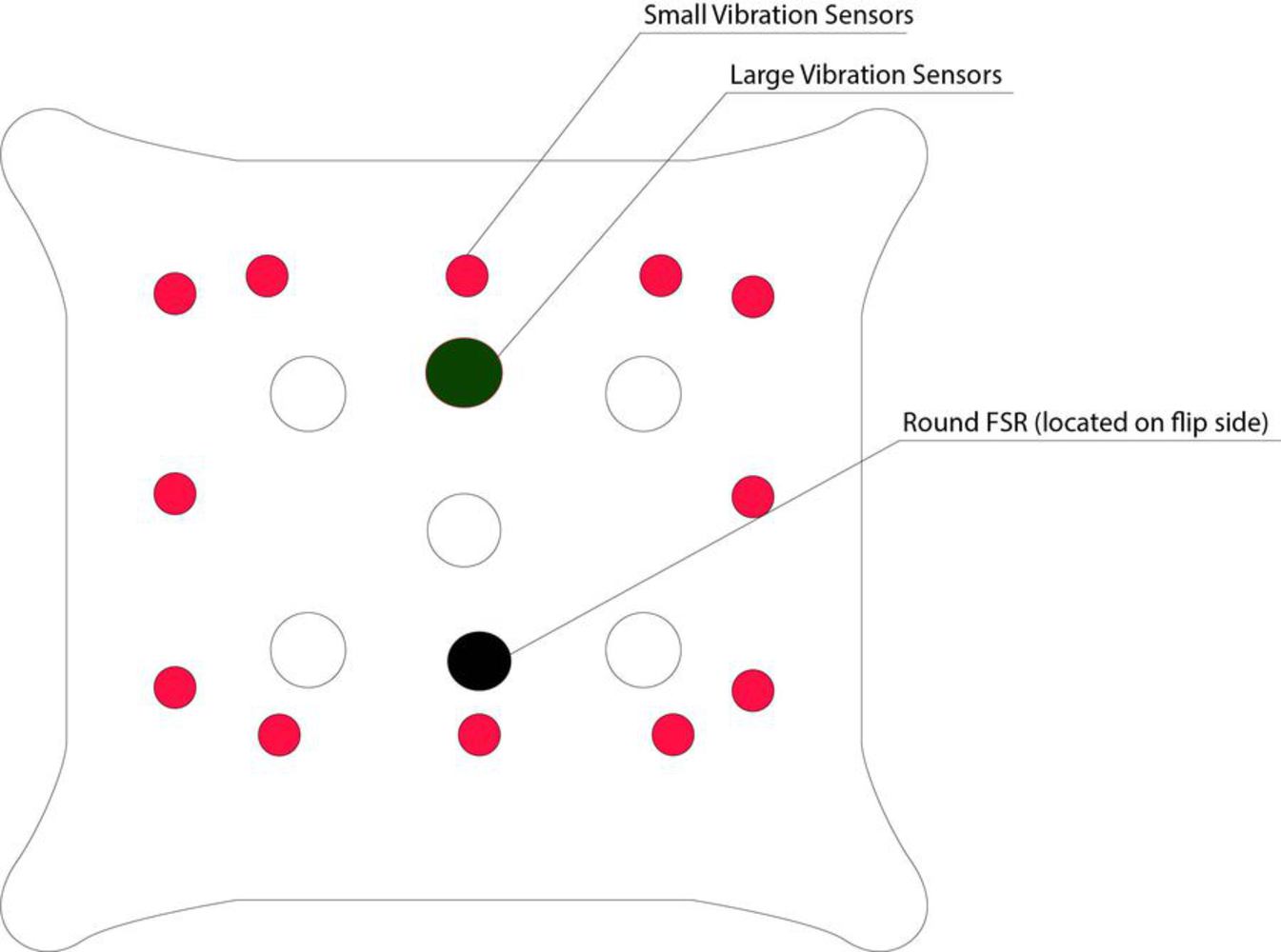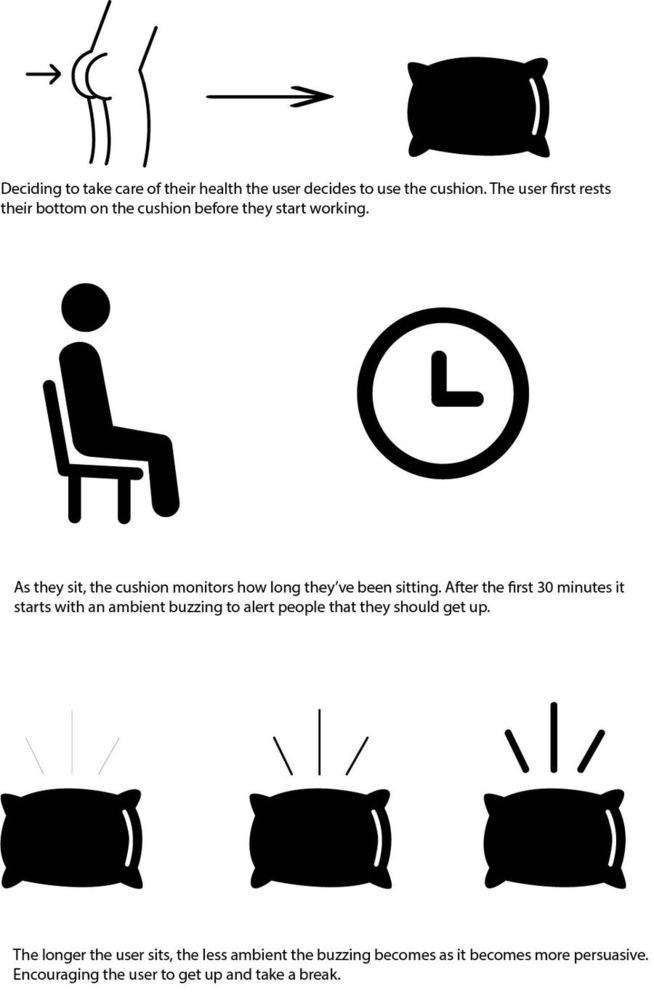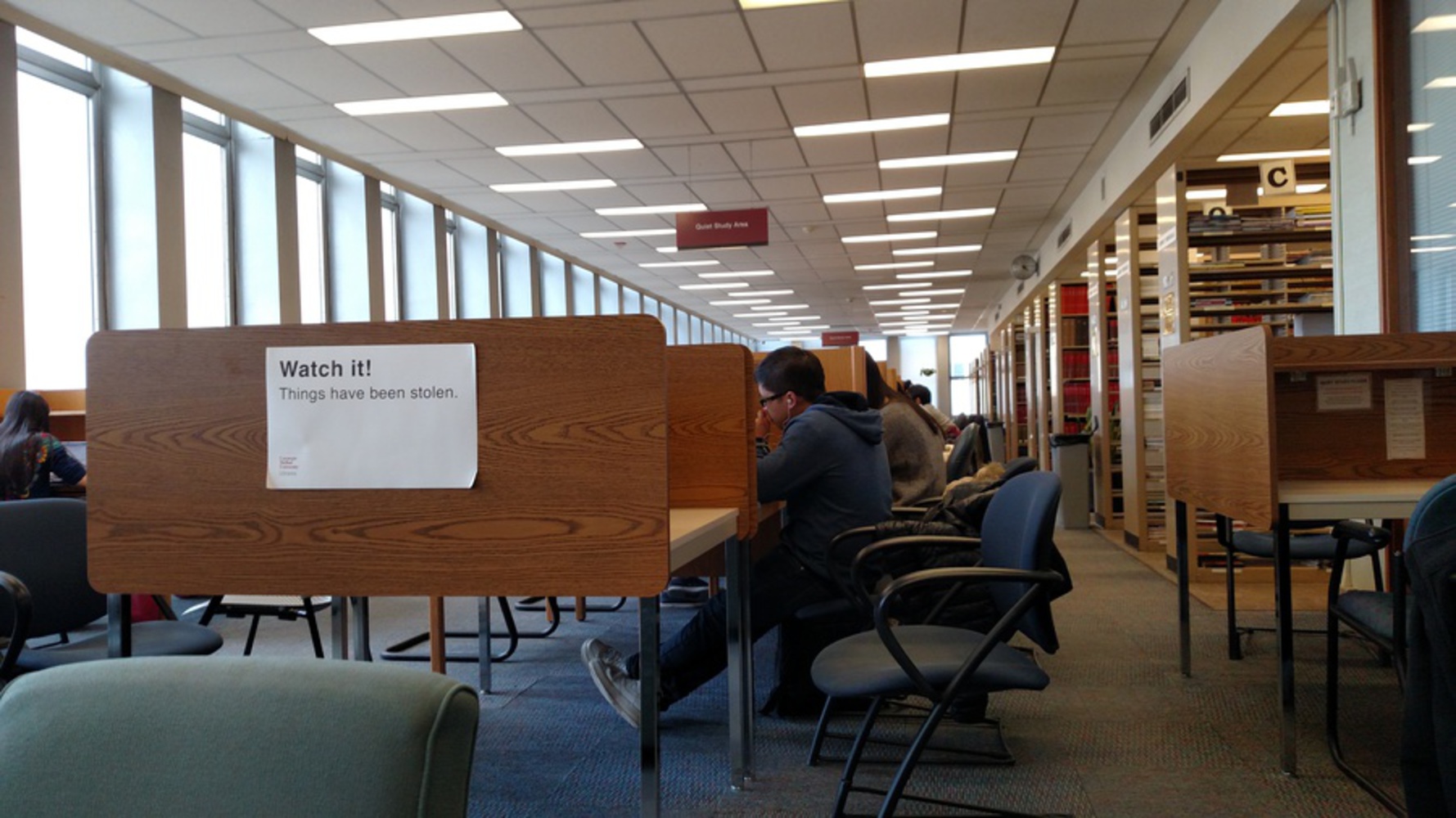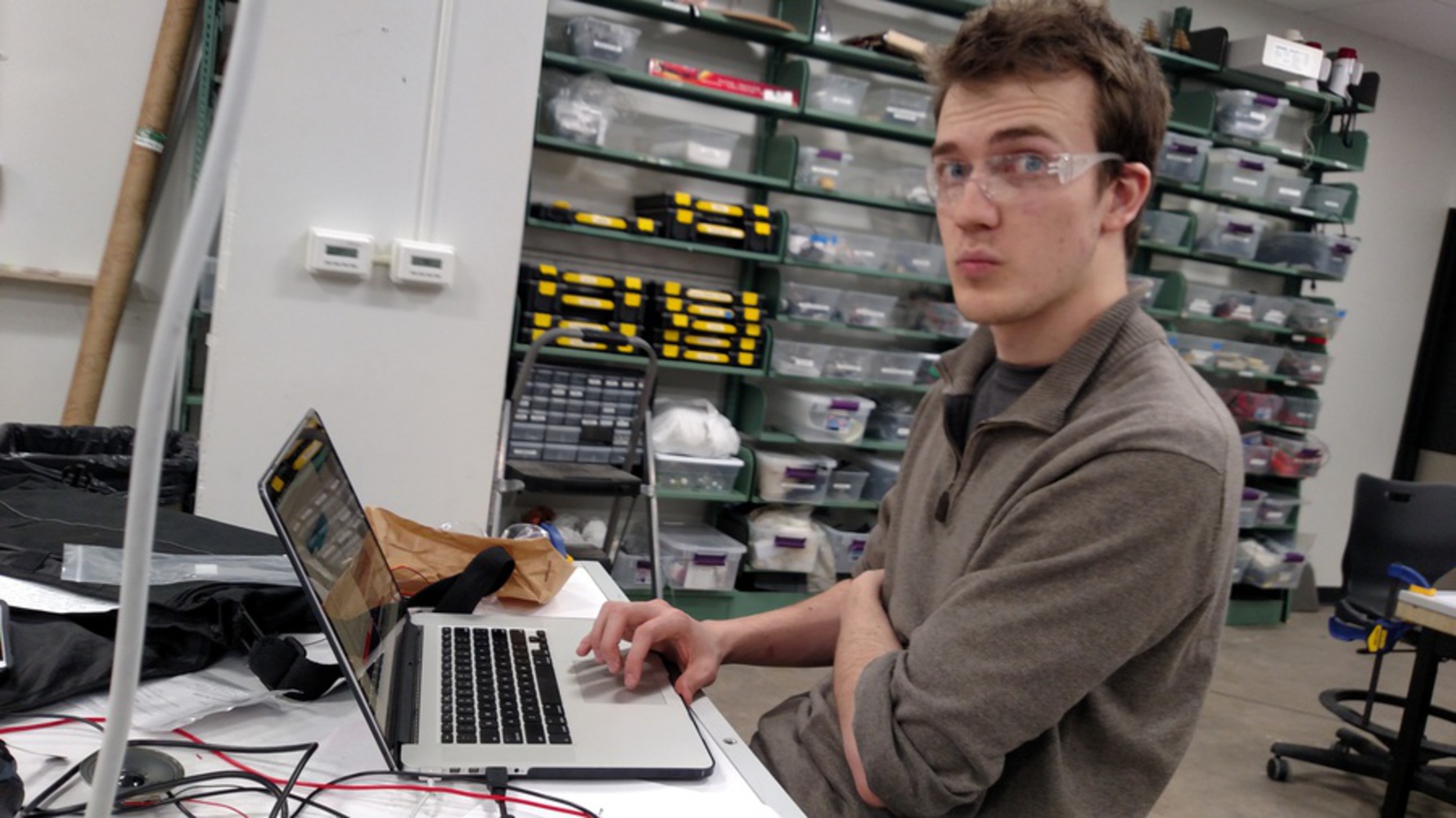When we tried to explore the different ways of monitoring whether or not the person was no longer focused we explored the different options. With eye tracking we didn’t have the external hardware or the downloadable software. Everything we found on GitHub for open CV or TSPS that used the computer camera was in progress and not ready to be used. Creating a keylogger would have taken a long time and we fell into issue of figuring out what we would log as when the user was no longer focused. If we were to use a microphone, a person might be focused with or without typing depending on what they were doing. We also thought about incorporating a heart rate monitor to encourage the user to get up and exercise, but monitoring their starting heart rate while working and only switching off the buzzing when their heart rate had risen. This raised the issue that the heart rate monitors were not accurate enough, often not even recognizing a person’s heart beat. We though about using openTSPS to record if a person was fidgeting too much. The issue with this was the accuracy of computer vision. We set a threshold for figuring out if a person was fidgeting too much, but there needed to be a fine calibration of openTSPS to accurately measure if someone was moving or not. Even then, there was a lot of inaccuracies, and didn’t want to set the threshold to high that a person had to be rocking around on their chair for the camera to sense them moving. This issue and the fact that there was a lot of issues sending information from Processing to Arduino through serial caused us to abandon the idea due to time constraints. We also originally had a snooze button for the system that we implemented through an IR breakbeam. Which no longer worked after we implemented the ever increasing reminders to get up. We also figured out how to how control multiple different outputs. Allowing us to control the small vibration motors separately from the larger one, allowing us to create Beethoven's 5th symphony for the user's buttocks. We did all this while learning physical computing for the first time. Other difficulties we faced was fragility of the wiring on vibration motors, which kept breaking off while the vibration motors were activated. There were a lot more vibration motors, but only 10 of them survived to be implanted in the cushion.








